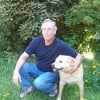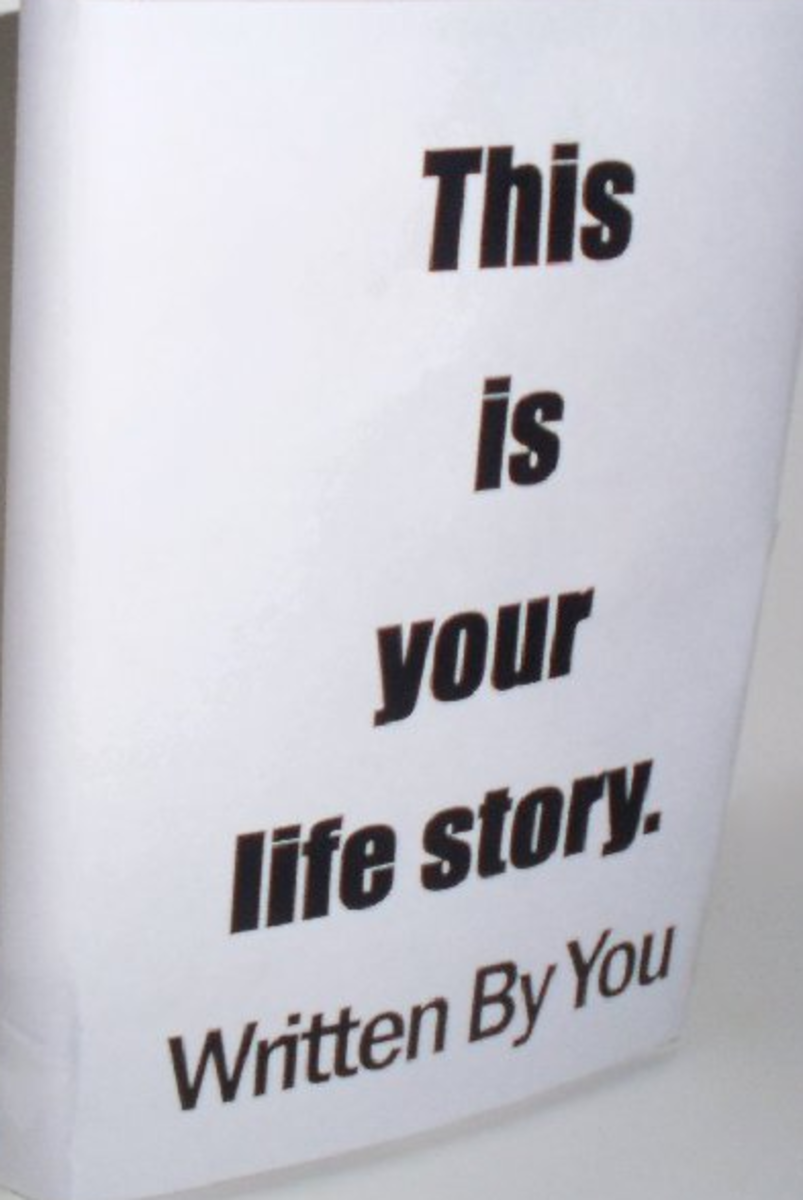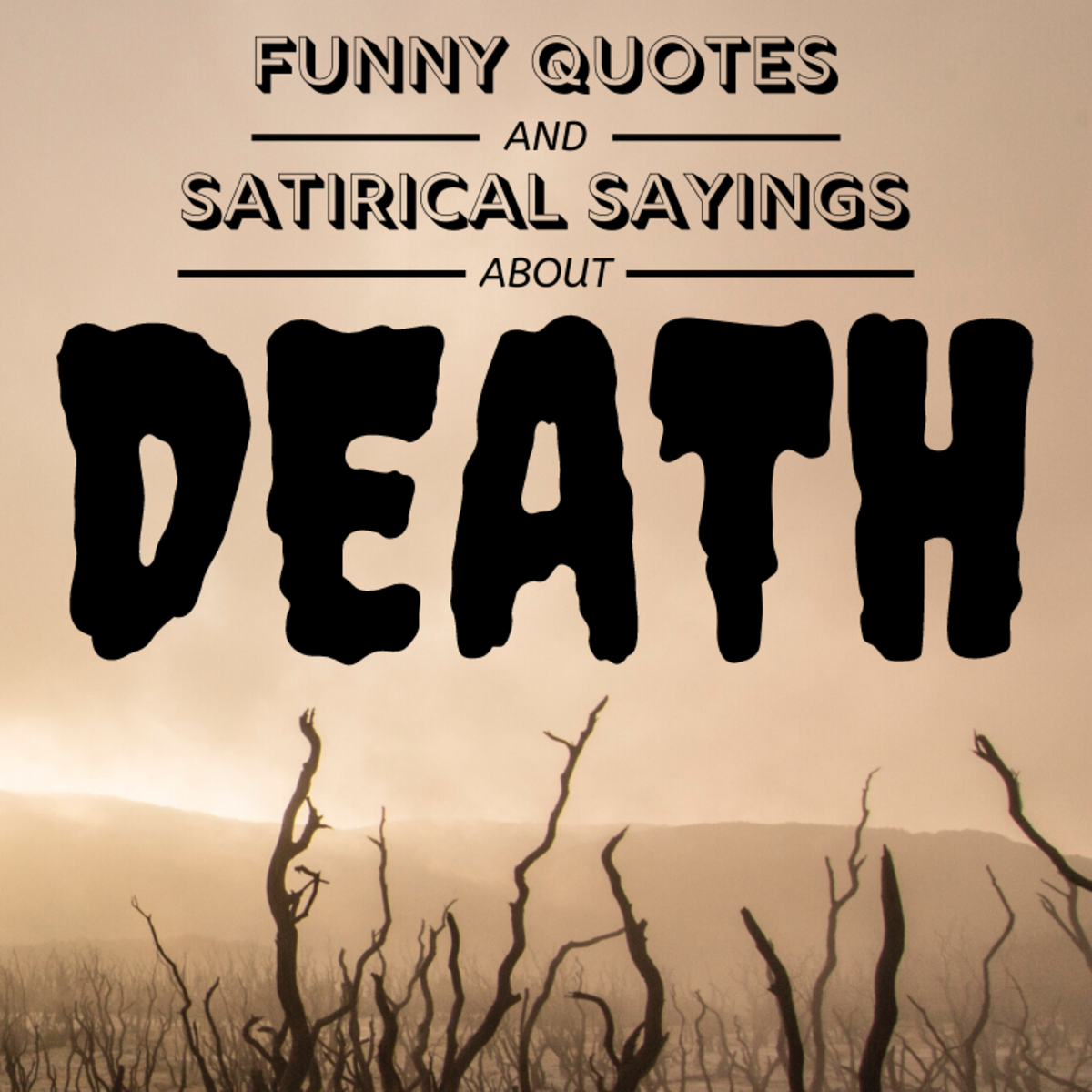How To Write A Book: One Man's Journey
DISCLAIMER
I have read quite a few articles of late claiming to be the best way to write a book. Some offered success as an author in five easy steps; still others, a bit more realistic (or pessimistic) saw success as the result of ten steps they were offering.
Then we have the bloggers, and of course there are steps to being a successful blogger, and they can be counted from five (there never seems to be fewer than five) to infinity and beyond.
I even paid a certain amount of attention in November when the NaNoWriMo Challenge was happening, as writers from all around the word wrote a novel in one month.
You should all be pleasantly surprised when I tell you that I am not here to claim the best way to write or the secrets to success in writing. I am simply going to tell you how I wrote my novel, and along the way you might pick up some helpful ideas.
Why am I passing on the opportunity to dazzle you with my knowledge? Let me put it this way. If John Steinbeck were to come back from the dead, and if he were to write a book about the ten secrets to success as a writer, I might pay attention. Let’s face it….Steinbeck had game….so he had something to back up his advice. In other words, he had credibility due to his ranking as one of the greatest authors in history.
I, on the other hand, have a tough time from week to week being the greatest author in my neighborhood. Gaining a certain amount of notoriety on a writing site like HubPages, or being a big dog in the blogging world, does not count as credibility. It counts as experience, but definitely not as credibility when trying to tell others how to write.
With that as an introduction, allow me then to tell you the process I used when writing my novel, “The 12/59 Shuttle From Yesterday To Today.”
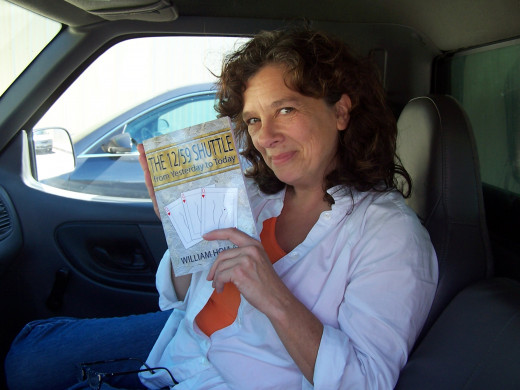
The Process
I had no process! There, should we move on to the next subheading now?
Seriously, I had no process. This all started as a writing exercise. My goal was to write the weirdest introduction for a story that I could write. Period! I had just finished reading a novel by Tom Robbins, and if you have ever read any of his works, you know that he is a bit bizarre on his best days. On his worst days, he is like taking an acid-washed trip through the mind of a love child. I figured I could write something as bizarre as he could, so I set out to prove that fact.
Once the introduction was written, a long discourse that included a cross-dressing truck driver from Skokie, Illinois, the story line just came to me. One minute I was pushing the limits of my imagination, and the next I was envisioning the rest of the book. 75,000 words later my book was completed. I am sorry to say, for all of you writing purists, that I did not outline the book. It was outlined in my head, and I followed that outline as I continued to write.
I have always been like that as a writer. When I was teaching, I always told my students that they needed to write an outline first; as a writer, I never outline. The day will come, as old age advances, when I will not be able to get away with that transgression, but that day has not arrived yet.
The Characters
Whenever I write fiction, the characters are always based on people I have known from my lifetime. I have lived sixty-four years, and was raised during the 60’s, so it’s not like I don’t have very many people to choose from.
One of the main characters, Bill, is, for the most part, me. He is a stumbling, bumbling, reactionary who hasn’t quite figured out life yet, and he responds best to painful stimuli in order to learn. The other main character, Sheila, is Bev in real life, the love of my life, the counter-balance that keeps me leveled and prevents me from tumbling off of the edge.
The remaining cast is a mixed lot. Tweetie is a compilation of some stoned friends I had during the 60’s, a free-spirit who speaks great truths cloaked in the haze of mind-altering drugs. Paula is the picture of imperfection and self-flagellation, a rumbling mound of flesh who eventually finds happiness when love enters her life. And Delilah is a ladybug who whistles joyful tunes, a rock-solid little creature who is loyal and grounded in common sense.
On Kindle
- The 1259 Shuttle from Yesterday to Today: William D. Holland: Amazon.com: Kindle Store
The 1259 Shuttle from Yesterday to Today: William D. Holland: Amazon.com: Kindle Store
The Story Line
There were two main themes to the story from the very beginning. One was my concern for the environment, and the other my belief that love conquers all, and is the single most important thing in life.
I was determined to have fun with this story, so my own bizarre sense of humor is with you throughout the reading of this book. It is raucous; the language at times is obscene; it is never boring and it has enough twists and turns to require a GPS unit if you aren’t paying attention. It is, in fact, a condensed version of me at different times in my life.
The story is boy meets girl, a fairly tame and much-used foundation, but the girl is something special for sure. Sheila has the ability to bring people back from the dead, and she does so, traveling back in time, with great regularity during a three month stretch, with Bill and Delilah by her side. The people who receive this life-restoring gift have been chosen because they all have a common background, namely their having once lived in the same foster home. They are the personification of love, and the power of love, and it is their job to prepare the world for an environmental disaster the likes of which we have not seen in thousands of years.
Will the chosen few be able to save Earth? You will have to read the book to find out.
Tying up Loose Ends
It took me thirty months to write my novel. In truth, there was a six-month span where no writing happened. The story was stuck, or my mind was stuck; whatever the case may be, I was in neutral for about half a year. It then took about three months to edit it and expand on some scenes that were, shall we say, a bit weak.
I fished around for an agent or publisher, but evidently I was using the wrong bait, for there were no bites. I was left, then, with a decision. After investing three years of my life in writing the damn thing, I decided that I wanted a hard copy of my novel for me to hold, a tangible reminder that all things are possible. On August, 2011, my novel was printed by a local book-printer, and one of my dreams had come true.
Since then I have had it published in ebook format on Kindle, so all the bases, so to speak, have been covered.
A chat with the author
Was It a Success?
Now we enter the gray area of writing. How do you measure success? For some, success is measured in dollars and cents, the selling of a pre-determined number of copies. If that were my measure of success then I was a failure, for I think I’ve sold about 100 copies, certainly not rivaling “The Grapes of Wrath.”
However, for me, partial success was achieved when the novel was completed and I held it in my hands.
The remainder of that elusive success was achieved because I am proud of the book. I was able to take 75,000 words, form them into a cohesive and entertaining story, and for me that was most definitely success. It is a story I feel good about. I gave it my best effort; I was rewarded with a feeling of accomplishment; and I believe it delivers an important message.
Would I change anything about it one year later? No…I like this book and it is now a part of me.
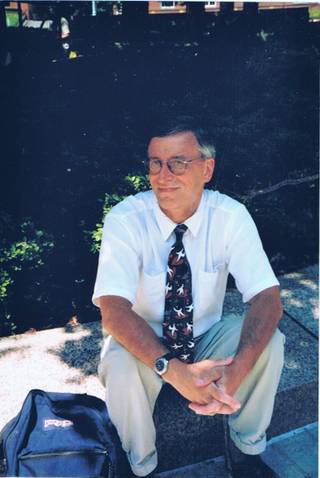
REFLECTIONS
There are always reflections, aren’t there? Here is what I know about writing books. You need to write! If you do not have the passion, then don’t bother. Your writing will reflect that lack of passion.
Write like your butt is on fire, and do not be discouraged if your writing does not receive the glory you had first envisioned. Sometimes, the reward is in the journey itself, and the destination is what it is.
If you are serious about being a writer, then strap it on and be a writer, but remember that it takes work and it takes determination. I don’t care what magic steps you follow to write a book; you have to have the willpower to follow through and make it the best book you can possibly write. Any idiot can write 75,000 words; not every idiot can write 75,000 words and be proud of them.
2012 William D. Holland (aka billybuc)
